
Riyadh, is indeed a city packed with character, charm, sights and scenes! Saudi Arabia’s capital city and main financial hub hosted the 2025 Annual General Assembly of the Global Network of Export-Import Banks and Development Finance Institutions (G-NEXID) and Saudi EXIM Bank Global Partners Forum from November 17-20, 2025.
Apart from participating in both events, I was privileged to moderate an insightful G-NEXID roundtable discussion; ‘Fostering Economic Growth and Cooperation, South–South Trade and Investment Opportunities’. The resource persons included experienced trade and investment professionals from the African Export–Import Bank (Afreximbank), India EXIM Bank and Ghana EXIM Bank.
 Aerial view of Riyadh
Aerial view of Riyadh
Riyadh combines ancient history with modern dynamism, offering a glimpse into Saudi Arabia’s past and future. With ease, you witness the city’s rich heritage through its souqs, museums, historical architecture and experience its modern side with numerous skyscrapers and a thriving arts scene highlighted by the Riyadh Arts Initiative, which has turned the city into an open – air gallery.
Being Saudi Arabia’s capital and main financial hub, Riyadh is on a desert plateau in the country’s centre. The several business district landmarks include the 302m-high Kingdom Centre, with a sky bridge connecting two towers and a 267m-high Al Faisaliah Centre with a glass-globe summit. In the historical Deira District, Masmak Fort marks the site of the 1902 raid that gave the Al Sauds control of Riyadh.
In April 2016, the Saudi Government announced the Saudi Vision 2030, a government programme launched with the aim of achieving increased diversification economically, socially and culturally, in line with the vision of Crown Prince Mohammed bin Salman. Saudi Vision 2030 lays out targets for diversification and improving competitiveness. It is built around three main themes, which set out specific objectives that are to be achieved by 2030: a vibrant society – urbanism, culture and entertainment, sports, Umrah, UNESCO heritage sites, life expectancy.
This project will be followed by Saudi Arabia’s hosting of the 2034 World Cup as confirmed by the sport’s governing body, FIFA. The US$500billion Vision 2034 will be Saudi Arabia’s most ambitious sports project to include twelve (12) state-of-the-art stadia across the kingdom. The country gears up to host the 2034 FIFA World Cup, the first 48-team World Cup in a single nation. It has announced plans for the NEOM Stadium, the world’s first ‘Sky Stadium’ and suspended 350 metres above the desert.

Riyadh Boulevard
Riyadh remains at the centre for the transformation under the Vision 2023 plan. The city is a hub for development and modernity, with a booming economy, a diverse range of entertainment options and major construction projects, while also being the centre of Saudi Arabia’s rich cultural and religious heritage. Its climate is arid with extremely hot summers and mild winters, and the city is undergoing rapid growth fuelled by oil wealth and a strategic location.
Contemporary architecture
Kingdom Centre
Designed by the team of Ellerbe Becket and Omrania, the tower is built on 94,230 square metres of land. The Kingdom Centre is owned by a group of companies, including Kingdom Holding Company headed by Al-Waleed bin Talal – a prince of the Saudi royal family – and is the headquarters of the holding company. The project cost 2 billion Saudi Arabian Riyals and the contract was undertaken by El-Seif.

Crown Prince Mohammed bin Salman
The Kingdom Centre is the winner of the 2002 Emporis Skyscraper Award, selected as the “best new skyscraper of the year for design and functionality”. A three-level shopping centre, which also won a major design award, fills the east wing. The large opening is illuminated at night in continuously changing colours.
The shopping centre has a separate floor for women only to shop where men are not allowed to enter. The Kingdom Centre has 99 stories and is the fifth tallest structure in the country, rising to 300m. A special aspect of the tower is that it is divided into two parts in the last one-third of its height and is linked by a sky-bridge walkway, which provides extensive views of Riyadh.
Burj Rafal
Burj Rafal, located on King Fahd Road, is the tallest skyscraper in Riyadh at 307.9 metres (1,010 feet) tall. The tower was designed and engineered by P & T Group. Construction began in 2010 and was completed in 2014. The project was considered a success, with 70 percent of the residential units already sold by the time the skyscraper was topped out. The tower contained 474 residential condominium units and a 349-room 5-star Kempinski Hotel. Since then the hotel has been operated under the JW Marriott brand.
Al-Faisaliah Tower
Al Faisaliah Tower is the first skyscraper constructed in Saudi Arabia and is the third tallest building in Riyadh after Burj Rafal and the Kingdom Centre. The golden ball that lies atop the tower is said to be inspired by a ballpoint pen, and contains a restaurant; immediately below this is an outside viewing deck. There is a shopping centre with major world brands at ground level. Al-Faisaliah Tower also has a hotel on both sides of the tower while the main building is occupied by offices. The Al-Faisaliah Tower has 44 storeys. It was designed by Foster and Partners.
- Boulevard Riyadh City
Joy and fun await you in the largest entertainment centre in Riyadh, Boulevard Riyadh City, where endless fun destinations can be found in one place. In addition to the luxury shopping places where you can obtain pieces from the finest stores of international brands to your closet, along with dishes that amaze your senses with flavours of local and international cuisine. Boulevard Riyadh offers fun, joy and enthusiasm for adults and children.
Conclusion
Saudi Vision 2030 is making significant progress, with many initiatives completed and key performance indicators showing positive movement toward the 2030 goals. The plan is successfully diversifying the economy away from oil, indicated by a growing non-oil GDP and an increased private sector contribution. Major social and economic reforms have also been implemented to boost sectors like tourism and entertainment, create jobs and enhance the business climate
>>>the writer is a thought leader in Marketing Communications, Stakeholder Relationship Management Professional and International Cooperation Specialist. Over the last fifteen (15) years, he has made tremendous impact within Africa’s corporate communications and creative arts sectors. He can be reached at [email protected] / 233 20 854 1480
The post Chris Koney’s column: Saudi Arabia’s vision 2030 status check appeared first on The Business & Financial Times.
Read Full Story




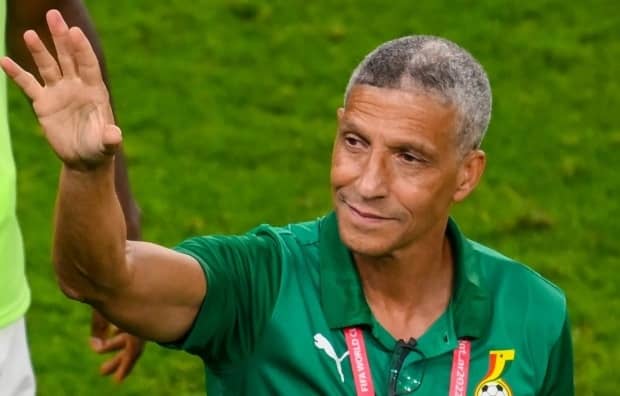












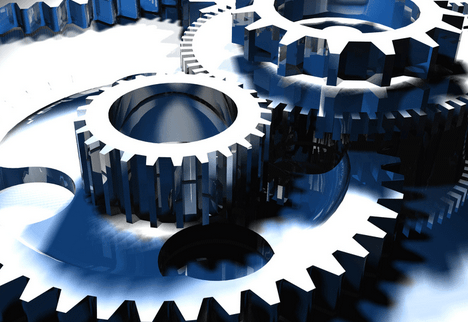
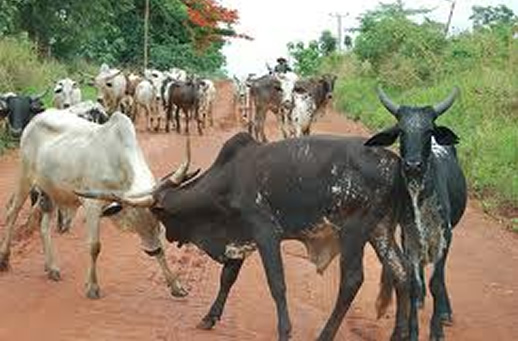
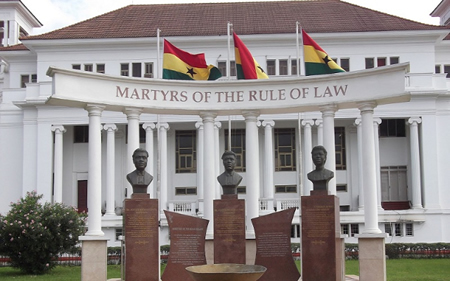


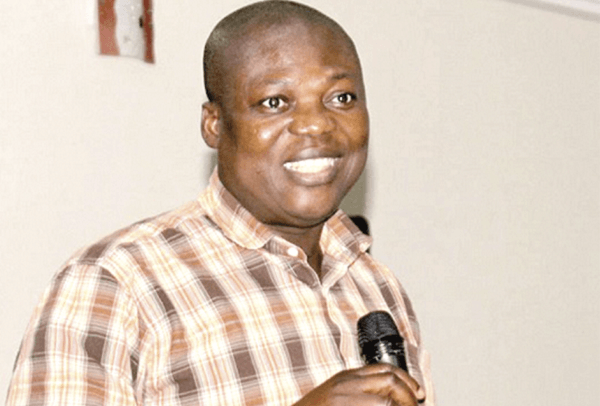



Facebook
Twitter
Pinterest
Instagram
Google+
YouTube
LinkedIn
RSS